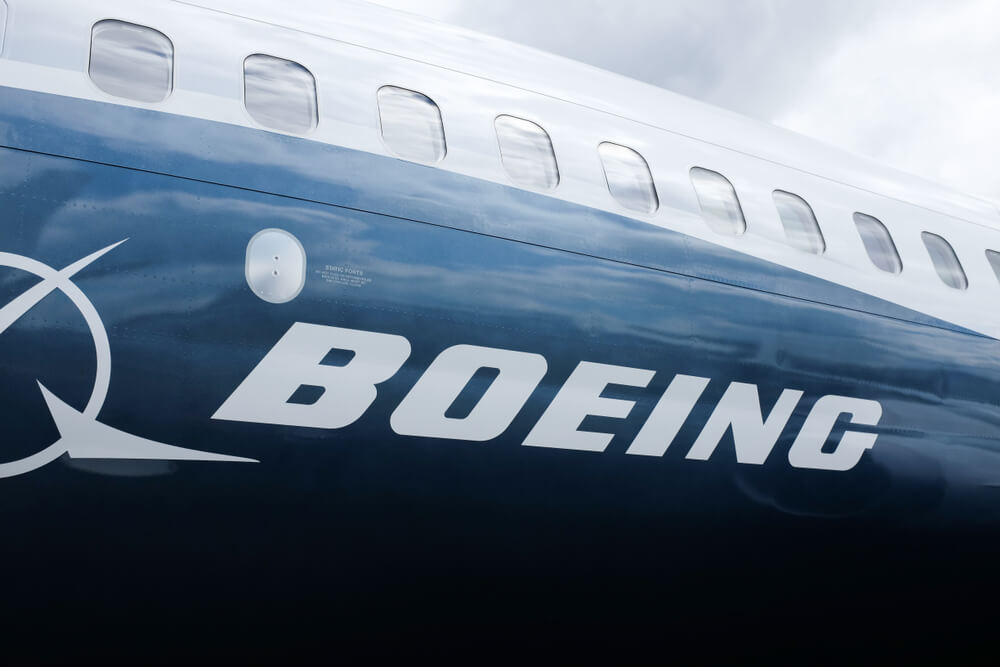Federal Aviation Administration’s (FAA) preliminary review of Boeing 737 MAX reported promising resolutions for safety issues related to the aircraft’s design airplane-related safety issues.
After crashing twice in Indonesia, October 29, 2018, and Ethiopia, March 10, 2019, all operations of Boeing aircraft 737 MAX were put on hold until aviation authorities around the world would deem it clear for takeoff again. The preliminary summary of FAA’s review has taken more than 18 months and included more than 40 full-time engineers, inspectors, pilots, and technical support staff, totaling 60,000 hours of FAA reviewing.
The report highlighted several software problems with Maneuvering Characteristics Augmentation System (MCAS), continuous AOA sensor failures and backlog errors that resulted in the “flightcrew’s inability to manage the stabilizer movement” during both crashes.
According to FAA, after the changes, extensive testing and analysis revealed “acceptable performance for the MCAS activation/resynchronization logic, AOA split vane monitor, and MCAS maximum command limit changes.”
“The FAA evaluated Boeing’s preliminary individual safety assessments on the flight control system and stabilizer showing that the designs of these systems meet all reliability and integrity safety requirements,” the administration’s report reads further.
However, the preliminary report is up for review from other worldwide civil aviation authorities and the general public. The FAA gave 45 days for any comments or feedback to be submitted on the preliminary review.
The Emergency Order of Prohibition published by the FAA on August 4, 2020, laid out the steps before the 737 MAX is allowed to operate commercial flights once again:
Completion of Technical Advisory Board (TAB) recommendations, regulatory requirements, including aircraft design, documentation and maintenance. Boeing is also to publish two notices that mandate changes to U.S. carrier maintenance and pilot training programs. In addition, the company must issue an Airworthiness Directive (AD) with specific instructions for owners and operators to correct the unsafe conditions, supporting public confidence.
To resume 737 MAX operation in the U.S., Boeing will have to incorporate all mandated designs and changes for any previously and future delivered airplanes. All operators of the aircraft will also have to complete all identified and revised pilot training.
It doesn’t seem like the 737 MAX will be quick to return as Boeing’s struggle continues to recertify its aircraft. Earlier, the aircraft producer expected to resume 737 MAX deliveries by Q4 2020. Rather optimistic, considering the ordeal had already come at a $19 billion cost and the inestimable value of 346 total lives that were lost during the two crashes.
Aside from the imposed regulations from the FAA, Boeing will have to be cleared by every aviation authority in the world from countries with based carriers operating 737 MAX.

